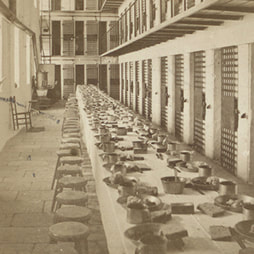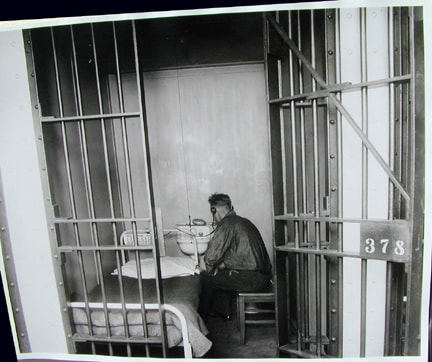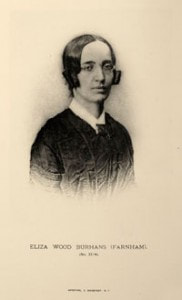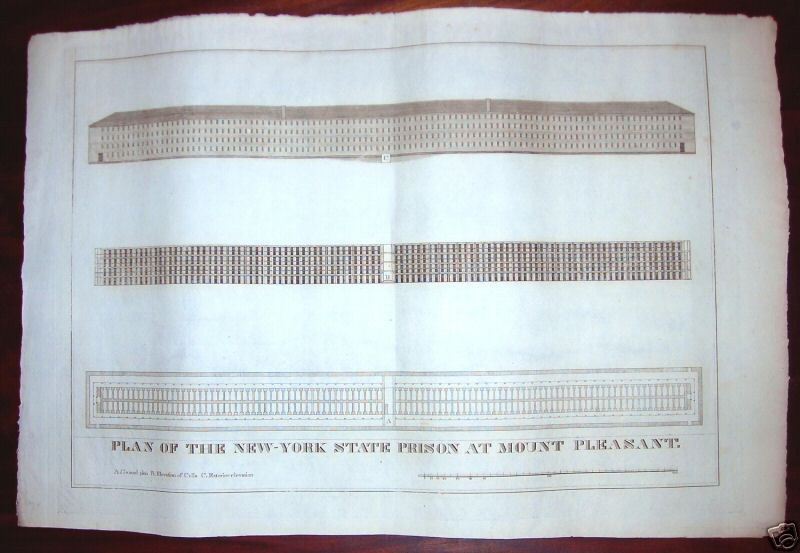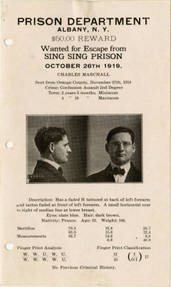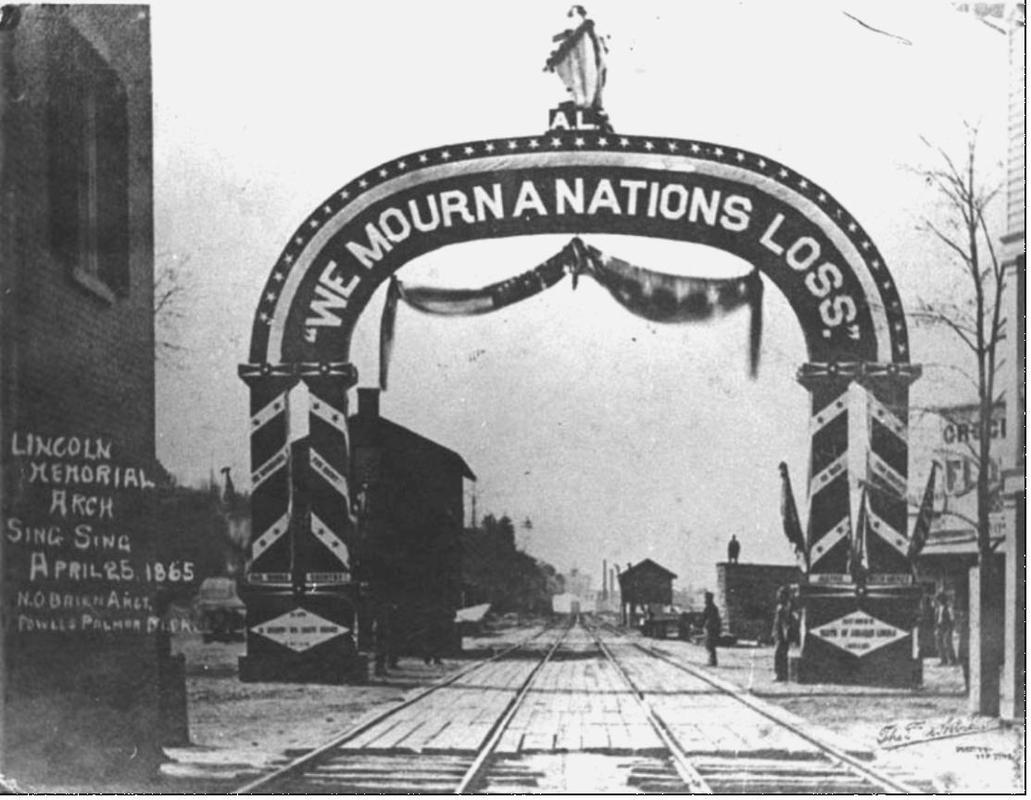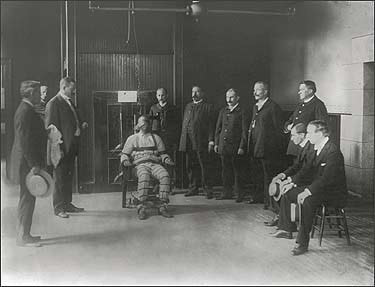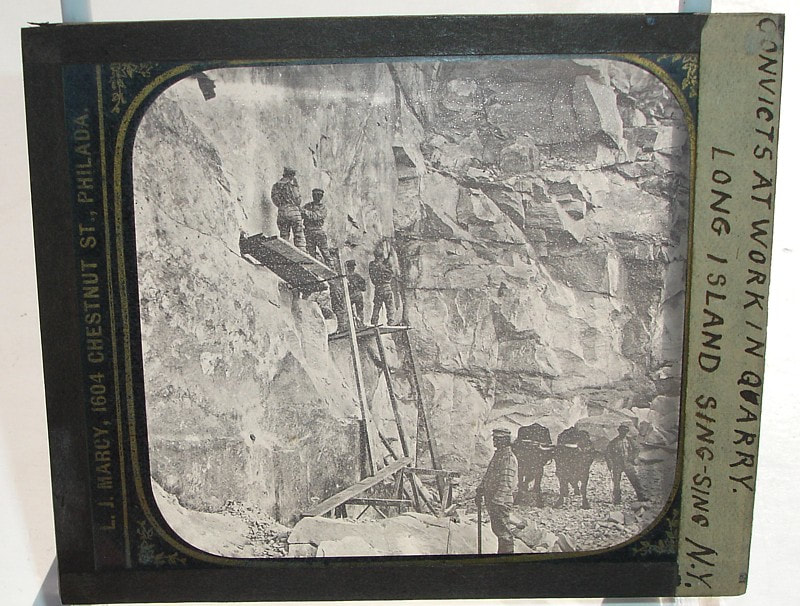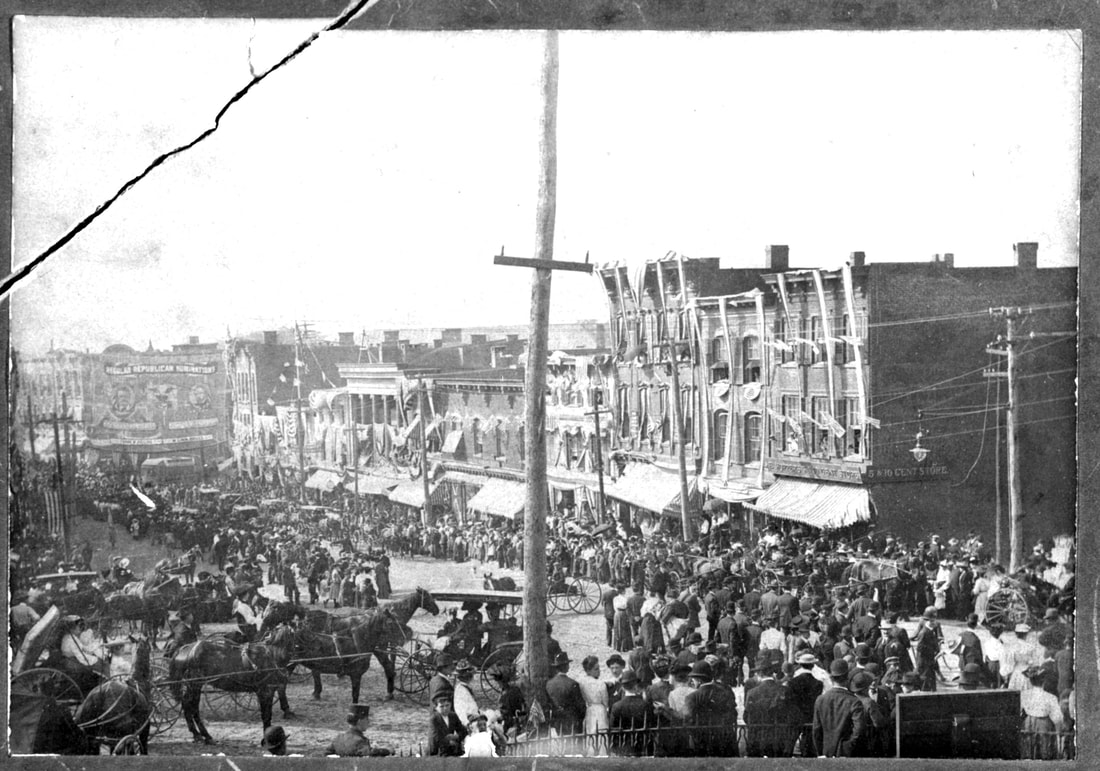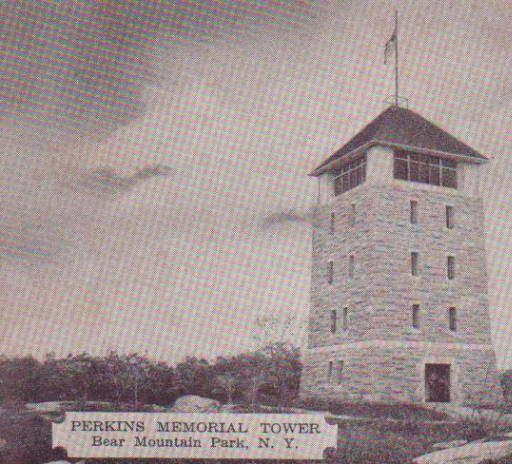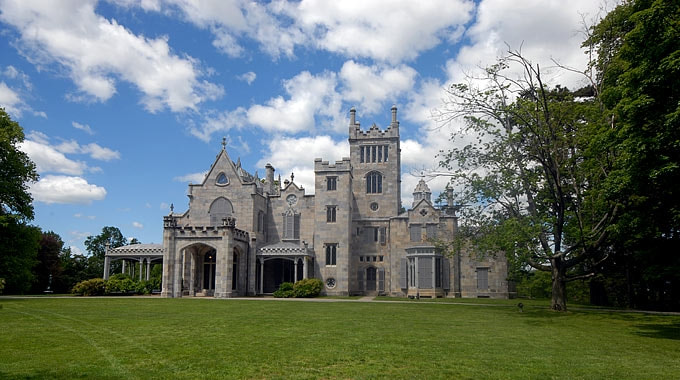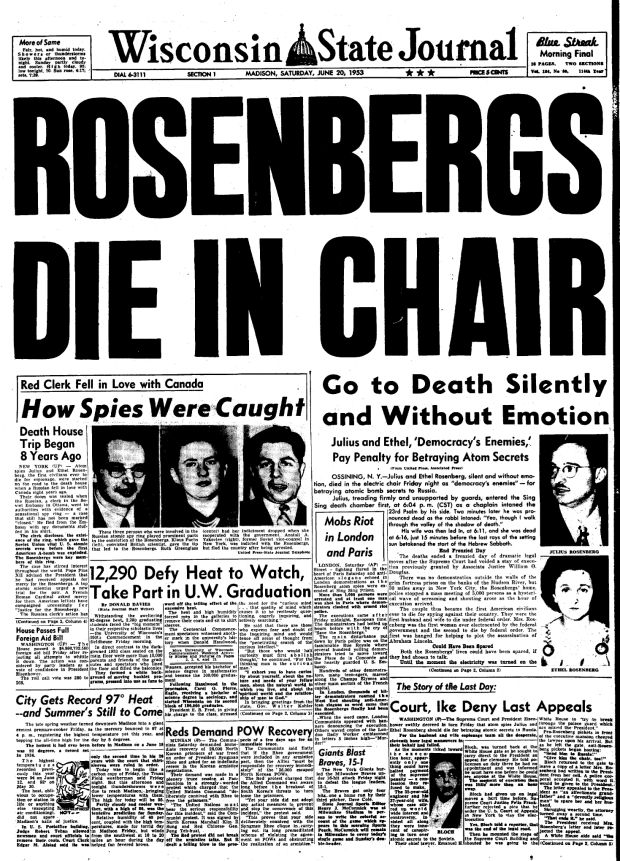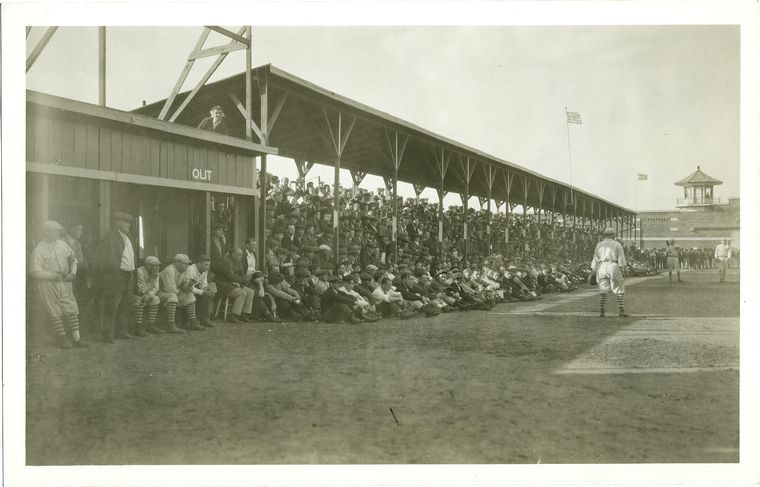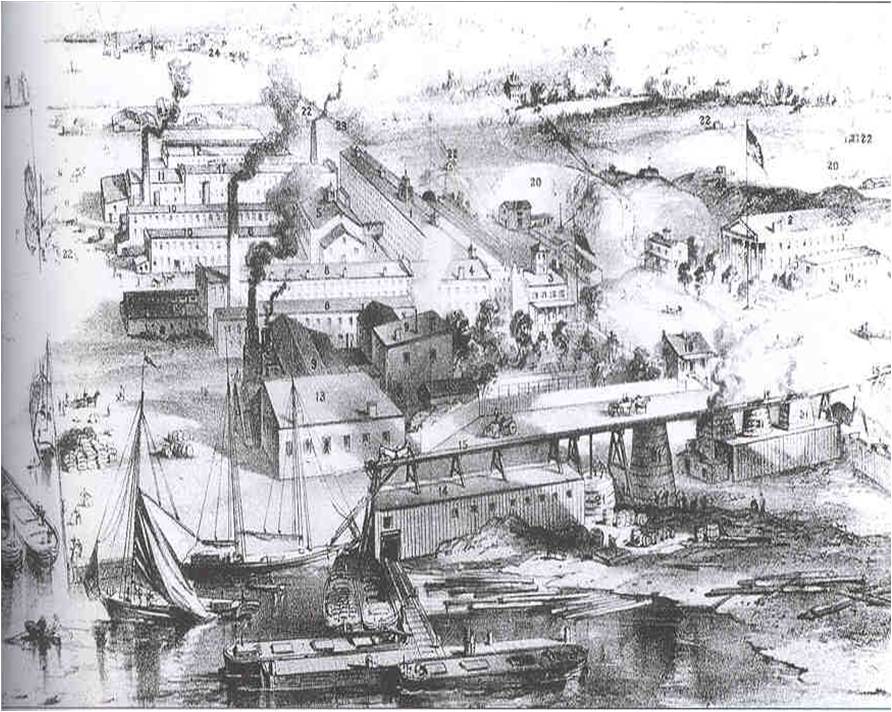|
102,000 incarcerated people were housed in 1825 Cellblock from 1825 to 1943.
The first penitentiary for women opened here in 1839: Mt. Pleasant Female Prison. It closed in 1877 and was considered a failed experiment.
Sing Sing was first called Mount Pleasant State Prison, after the surrounding township. The prison lay within the Village of Sing Sing boundaries, and in the 1850s, after the railway arrived, it became Sing Sing Prison.
|
Sing Sing’s Cellblock A is the largest cellblock in the world at the time of its construction. The second largest is Sing Sing’s Cellblock B.
Escapes were commonplace, especially since a wall wasn’t built around the prison complex until 1877.
In 1865, the Lincoln Funeral Train stopped at Sing Sing Prison to fill the steam engine water tanks. Some guards were allowed to pay their respects.
|
Up the River, The Big House and The Last Mile were all phrases coined at Sing Sing.
A rivalry pitting George Westinghouse against Thomas Edison was the backdrop for the development of the electric chair in the late 1880s.
“Ossining” is derived from a Native American word meaning “stone on stone.” Sing Sing comes from the name of the Sint Sincks, a native American people who inhabited this area for thousands of years. It roughly translates to “a stony place.” The state selected this location for the prison because of the large quantity of limestone, nicknamed “Sing Sing marble,” on the site.
|
|
The Village of Ossining used to be called the Village of Sing Sing. It was changed in 1901, when the village was trying to separate itself from the prison, which had become particularly notorious with the arrival of the electric chair. In addition, products made by the incacrcerated were being boycotted and confused with products made in the village.
An attempt to build a new prison at Bear Mountain in 1908 resulted in the creation of Bear Mountain State Park, after wealthy landowners donated land to the state on the provision that the new
prison be stopped. |
The quarrying of Sing Sing marble was a major industry at the prison. The marble was sold and used for construction of great buildings that still stand today, such as Lyndhurst and Grace Church on Broadway in Manhattan.
The Cold War made headlines in the 1950s, when Julius and Ethel Rosenberg were sent to death row in 1952 and executed in 1953. Protests and newspaper coverage put Ossining in the eye of the storm.
|
In the 1920s and 30s, the New York Yankees played exhibition games against the Sing Sing team, called the Black Sheep. Legend has it Babe Ruth hit his longest home run during one of these games at Sing Sing. Tim Mara, owner of the Giants, provided equipment and coaching for the Black Sheep
football team. The incarcerated quarried the stone and built the prison. Incarcerated labor was considered a part of retribution and rehabilitation. There was also the goal of economic self-sufficiency for the prison. The incarcerated also worked in other industries at Sing Sing, making barrels, boots and shoes, hats, brushes, mattresses, carpets, saddles, molasses hogsheads for rum dealers, and stoves, among other items.
|

